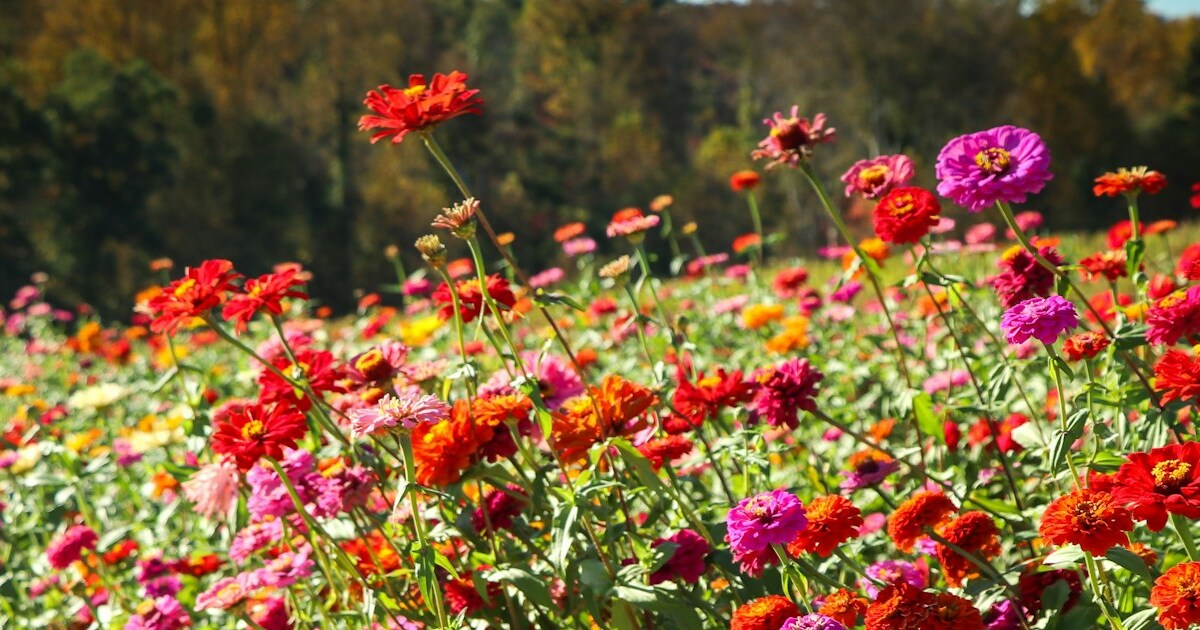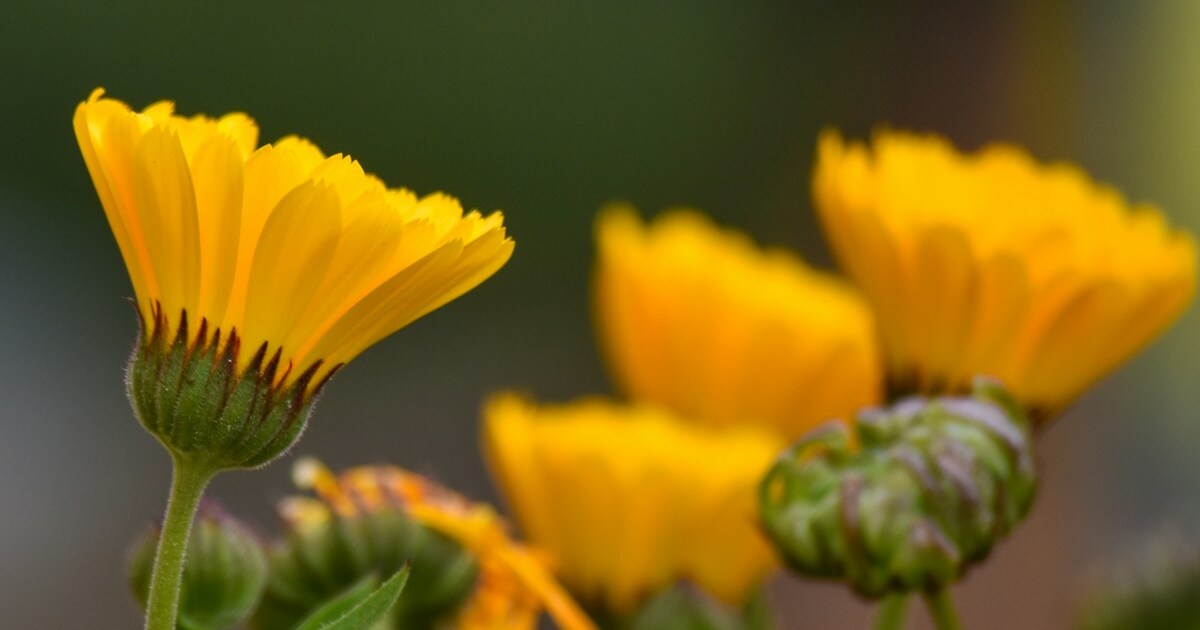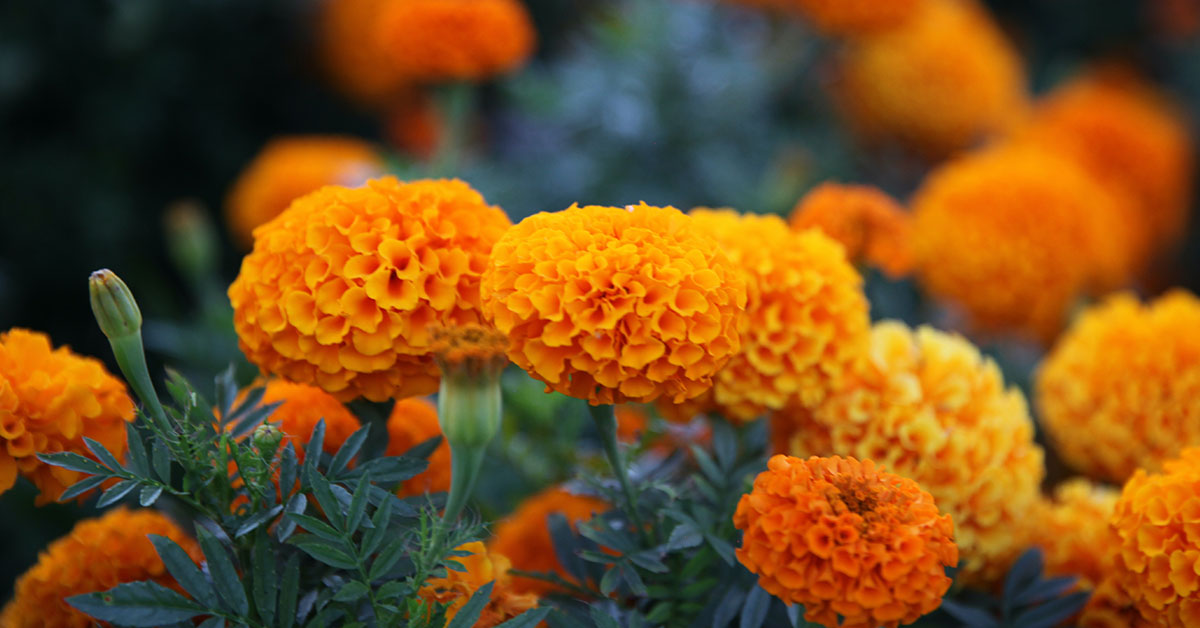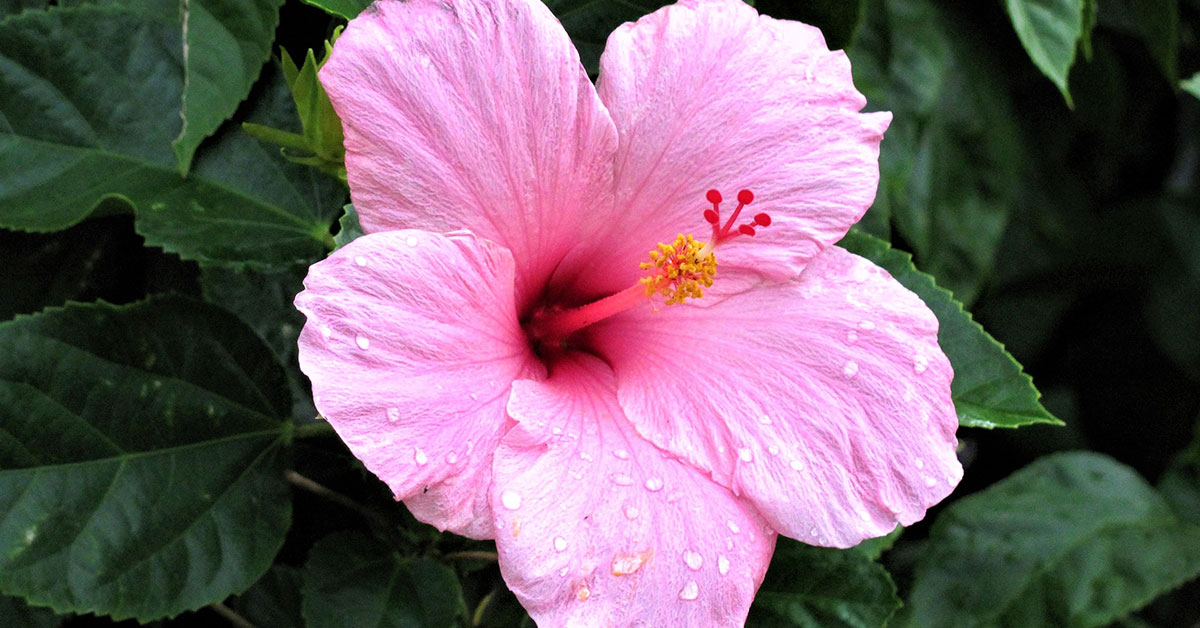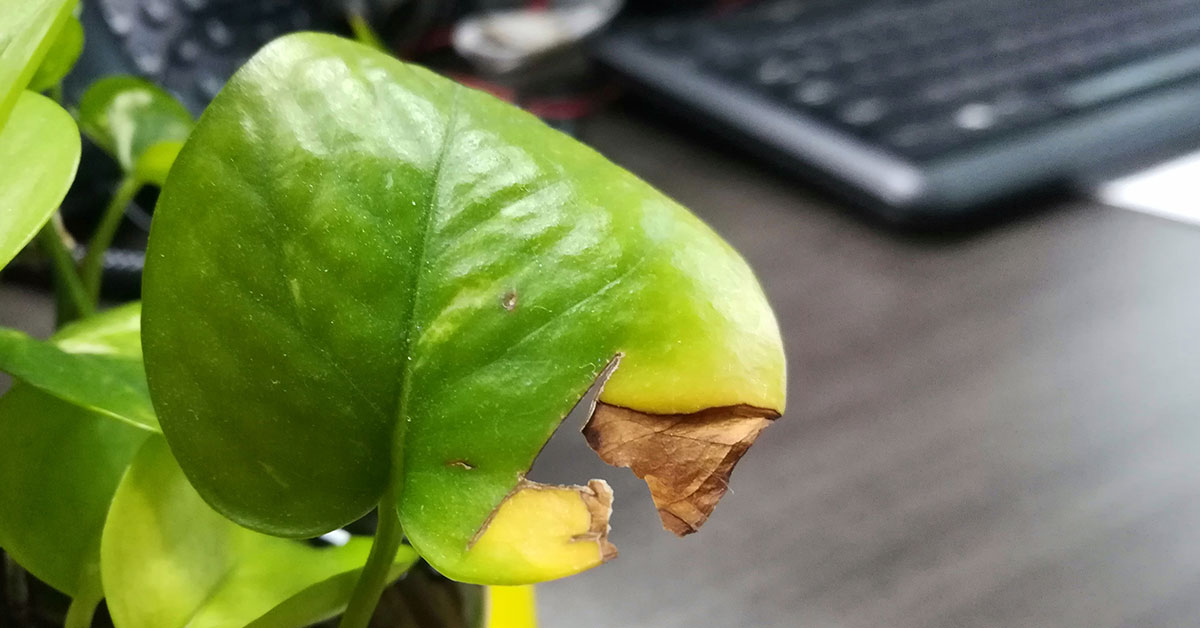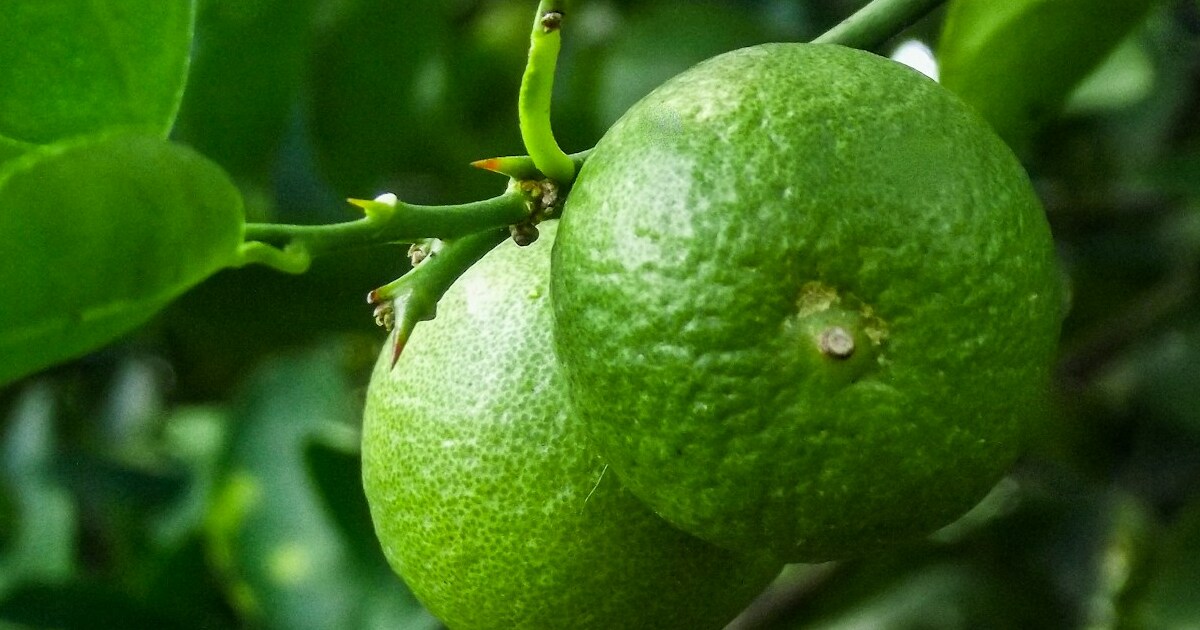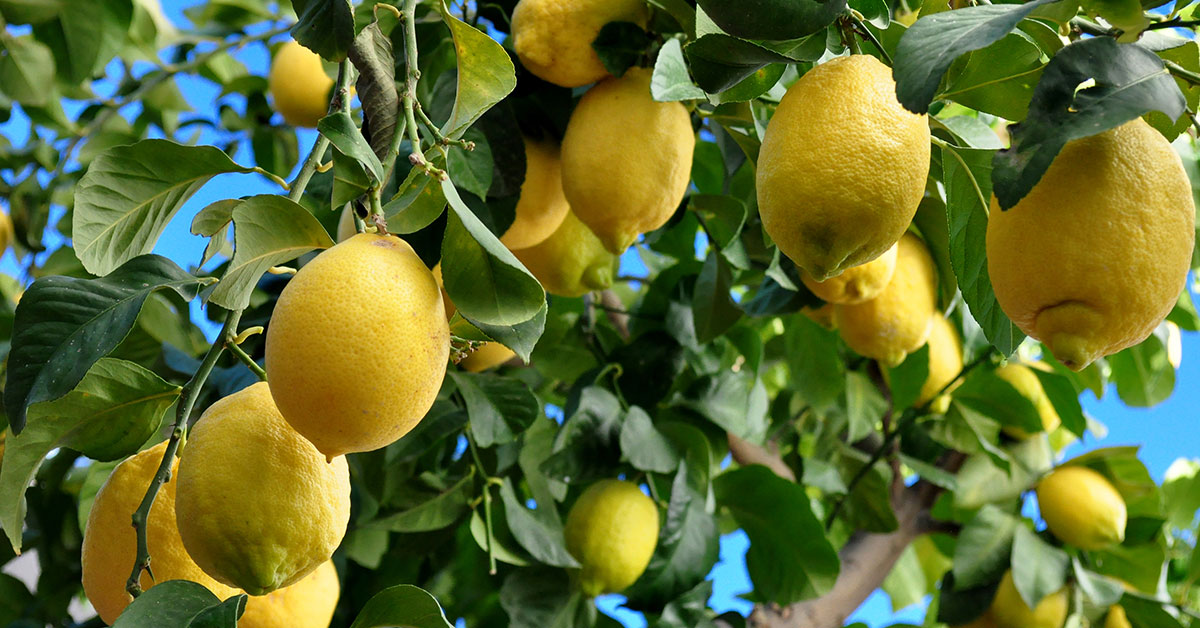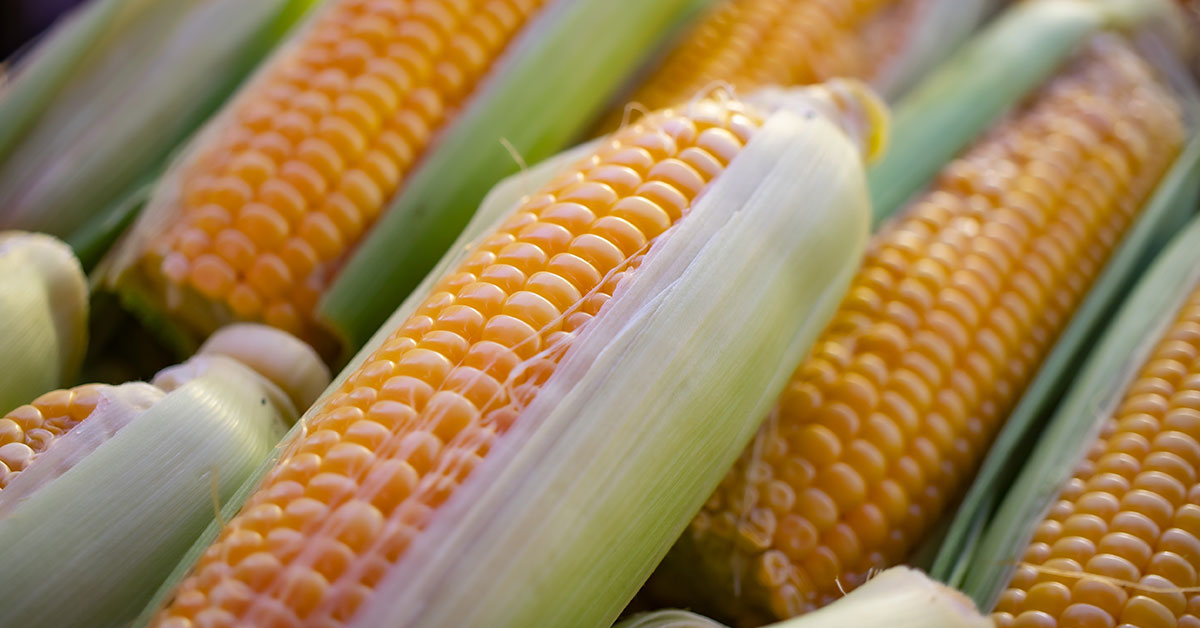Welcome to the world of gardening in the beautiful state of Virginia! If you’re considering growing cabbage in your garden, you’re in for a treat. Cabbage is a versatile and nutritious vegetable that can be enjoyed in a variety of dishes, from crunchy coleslaw to hearty soups. However, knowing the best time to plant cabbage in Virginia is crucial to ensure a successful harvest.
In this article, we will explore the ideal planting window for cabbage in Virginia, taking into account the climate, soil conditions, and specific requirements of this leafy green. Whether you’re a seasoned gardener or just starting out, read on to learn when and how to plant cabbage for a bountiful harvest in the Old Dominion State.
Best cabbage varieties to grow in Virginia
There are several good cabbage varieties that grow well in Virginia’s climate. Here are a few recommended varieties:
- Early Jersey Wakefield: This is a classic heirloom variety that matures quickly and produces cone-shaped heads. It is known for its excellent flavor and is resistant to some common cabbage diseases.
- Golden Acre: This variety is a popular choice for home gardeners. It forms small to medium-sized round heads with tender, sweet leaves. Golden Acre cabbage is adaptable to various growing conditions and matures relatively early.
- Copenhagen Market: This variety is a great option for late-season planting. It produces dense, round heads that are resistant to splitting. Copenhagen Market cabbage is ideal for storage and has a mild, sweet flavor.
- Red Express: If you prefer red cabbage, Red Express is a good choice. It forms compact, globe-shaped heads with deep purple leaves. This variety has a crisp texture and adds beautiful color to salads and coleslaw.
- January King: This is a winter-hardy cabbage variety that thrives in colder regions of Virginia. It produces medium to large heads with tightly packed, savoyed leaves. January King cabbage has a slightly sweet and nutty flavor.
Remember, proper soil preparation and regular watering are essential for successful cabbage cultivation. Additionally, provide adequate spacing between plants and monitor for common pests and diseases to ensure a healthy crop.
When to plant Cabbage in Virginia
In Virginia, the state’s hardiness zones vary from Zone 5b in the western mountainous regions to Zone 8a in the southeastern coastal areas. These hardiness zones are based on the average minimum winter temperatures and help gardeners determine which plants are best suited for their particular region.
When it comes to planting cabbage in Virginia, it is important to consider both the hardiness zones and the specific variety of cabbage you intend to grow. Generally, cabbage is a cool-season crop, meaning it thrives in cooler temperatures. It is typically classified as a spring or fall vegetable.
For spring planting, it is recommended to start cabbage seeds indoors 4-6 weeks before the last frost date, which can vary depending on the specific zone in Virginia. Transplanting the seedlings outdoors when they are around 4-6 weeks old is ideal. In most regions of Virginia, the average last frost date falls between late March and early May, making it a suitable time to transplant cabbage seedlings.
For fall planting, cabbage can be directly sown outdoors in late summer or early fall, depending on the desired harvest time. It is important to allow enough time for the cabbage heads to mature before the first hard frost. In Virginia, the average first frost dates range from mid-October to early November, depending on the zone. To determine the best time for fall planting, count backward from the first frost date and consider the specific maturity days of the cabbage variety you are growing.
It is worth noting that cabbage is a versatile crop that can tolerate some frost, especially if it has reached maturity. However, extreme cold or prolonged freezing temperatures can negatively affect the growth and quality of the crop.
In conclusion, the best time to plant cabbage in Virginia depends on whether you prefer a spring or fall harvest. For spring planting, start seeds indoors 4-6 weeks before the last frost date, which typically falls between late March and early May in most regions of Virginia. For fall planting, directly sow seeds outdoors in late summer or early fall, ensuring enough time for the cabbage heads to mature before the first hard frost, which occurs between mid-October and early November in Virginia.
When to harvest Cabbage in Virginia
The optimal time to harvest cabbage in Virginia is typically in the late spring or early summer, around 70-90 days after transplanting seedlings or 90-110 days after sowing seeds directly in the garden. This timing can vary depending on the specific variety of cabbage you are growing and the weather conditions, so it’s always a good idea to keep an eye on your plants and monitor their growth. The cabbage heads should be firm and solid, with the outer leaves tightly wrapped around the head. To harvest, simply cut the cabbage head at the base of the plant, leaving a few inches of stem attached for easier handling.
Other considerations
When growing cabbage in Virginia, there are a few other considerations to keep in mind:
- Soil: Cabbage prefers well-drained, fertile soil. Before planting, amend the soil with organic matter such as compost or well-rotted manure to improve its nutrient content and drainage.
- Temperature and Sunlight: Cabbage is a cool-season crop that thrives in temperatures between 60°F and 70°F (15°C to 21°C). It requires full sun exposure for at least 6 hours a day. Planting cabbage in early spring or late summer/early fall is ideal in Virginia.
- Watering: Cabbage needs consistent moisture to grow properly. Water deeply and evenly, providing around 1 to 1.5 inches of water per week. Avoid overhead watering to prevent fungal diseases. Mulching around the plants can help retain soil moisture.
- Fertilization: Cabbage is a heavy feeder and requires regular fertilization. Before planting, incorporate a balanced fertilizer into the soil. Side-dress the plants with nitrogen-rich fertilizer every 3 to 4 weeks during the growing season.
- Pest and Disease Control: Common pests of cabbage include cabbage worms, aphids, and flea beetles. Regularly inspect your plants and take appropriate measures such as handpicking or using organic insecticides to control these pests. Cabbage is also prone to diseases like clubroot, black rot, and powdery mildew. Crop rotation, proper sanitation, and selecting disease-resistant varieties can help prevent these issues.
- Spacing and Companion Planting: Proper spacing is essential for cabbage plants to allow for good air circulation and prevent the spread of diseases. Space the plants 12 to 18 inches apart in rows about 3 feet apart. Companion planting with herbs like dill, rosemary, or thyme can repel pests and improve the flavor of cabbage.
- Harvesting: Cabbage is usually ready for harvest 70 to 90 days after transplanting. Harvest the heads when they reach their desired size and are firm to the touch. Cut the heads at the base but leave the outer leaves intact to protect the inner leaves during storage.
By considering these factors, you can increase the chances of successfully growing cabbage in Virginia.




